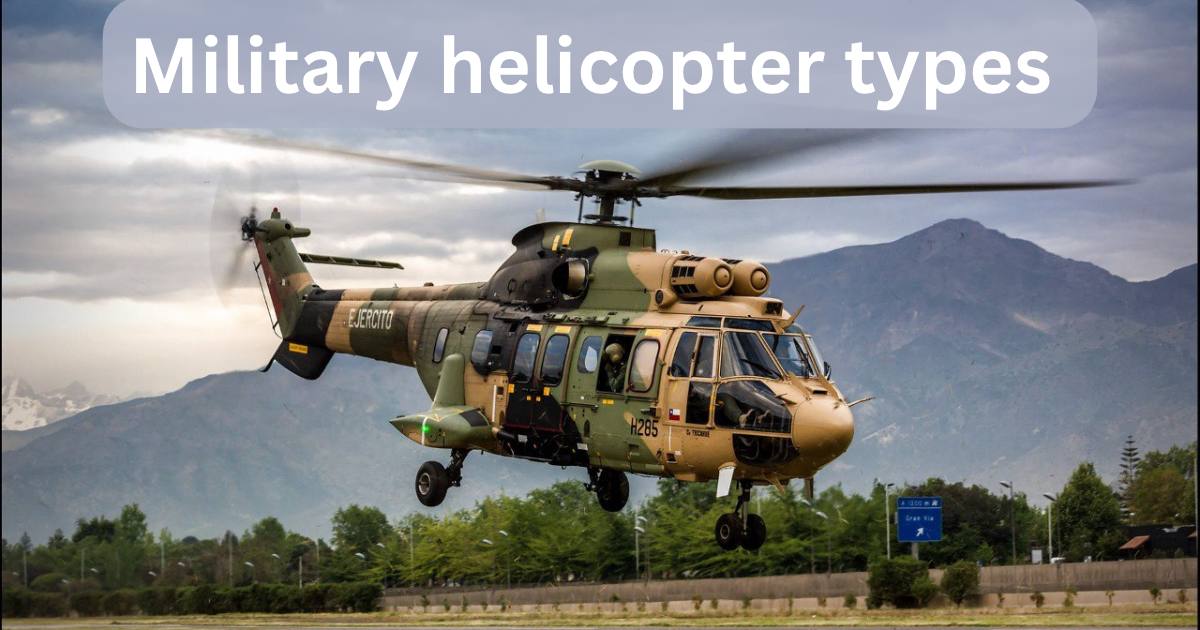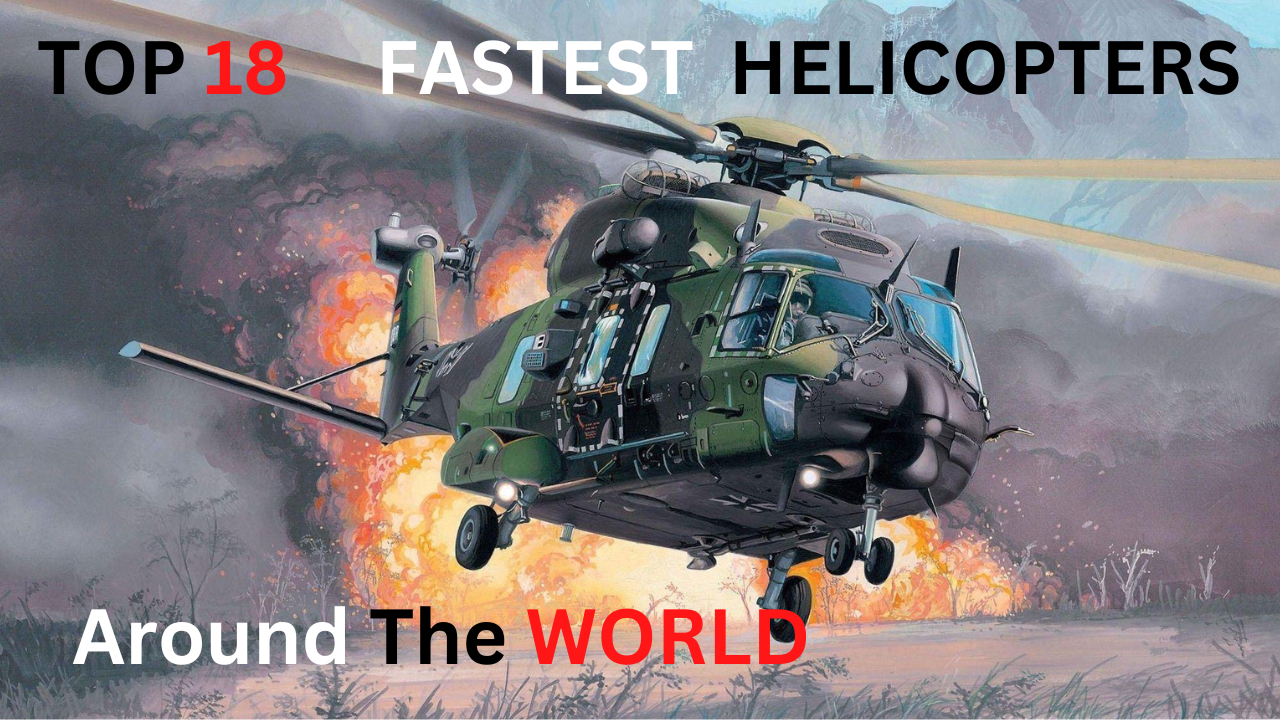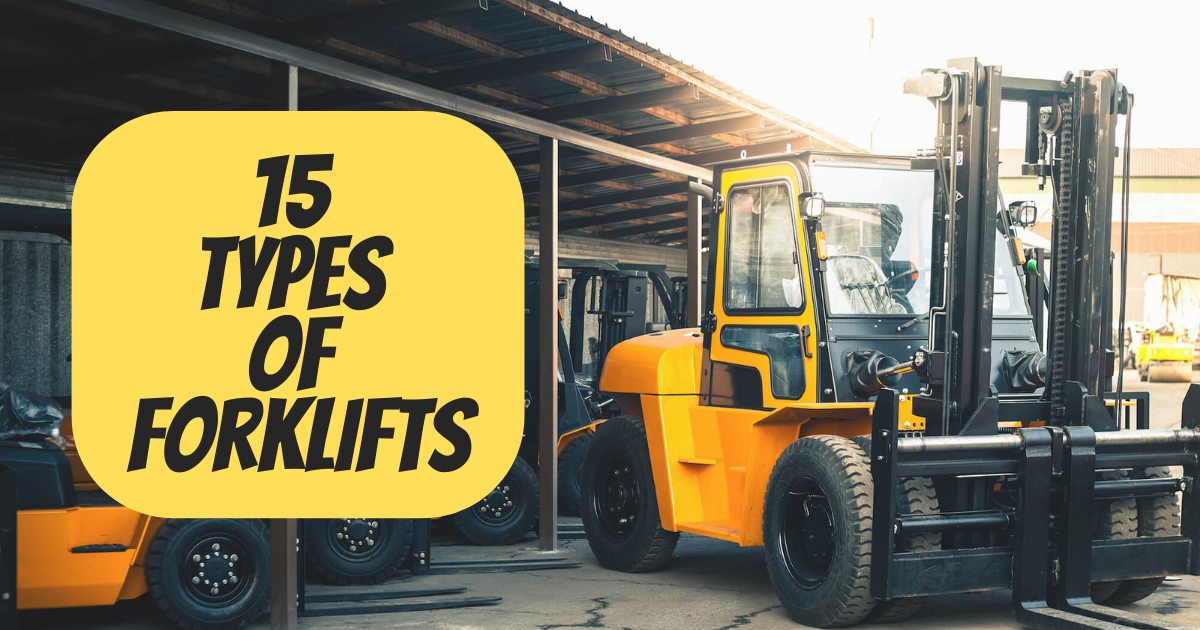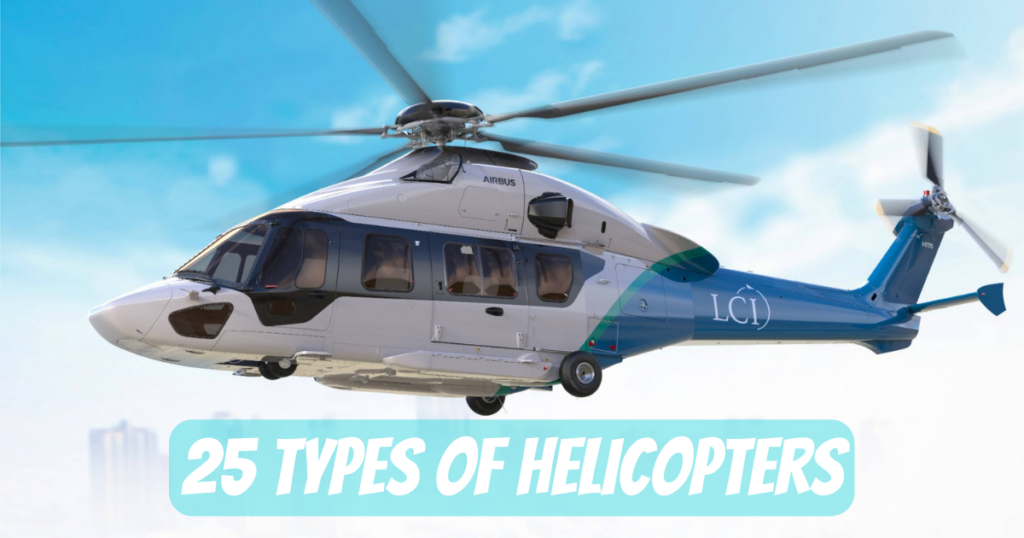
The helicopter is unarguably the most versatile flying machine ever created by humans. Helicopters have advanced to the point where they are essential in modern civilization. They have changed the aviation industry and expanded the range of possible uses for aircraft.
One of the key advantages of helicopters lies in their unique capabilities. They can hover in one place, take off and land in small and restricted areas, lift heavy loads, and operate at low altitudes. These characteristics have made helicopters highly versatile, allowing them to be modified and customized to serve specific needs.
In today’s world, helicopters are a common sight in many parts of the globe. They are used for various purposes, including traffic monitoring, community policing, and cargo transportation. The versatility of helicopters has made them an integral part of our society’s infrastructure, fulfilling vital roles and providing valuable services in various sectors.
25 Types of Helicopters
Let’s have a detailed look at the 25 most common types of helicopters:
1. Compound Helicopter:
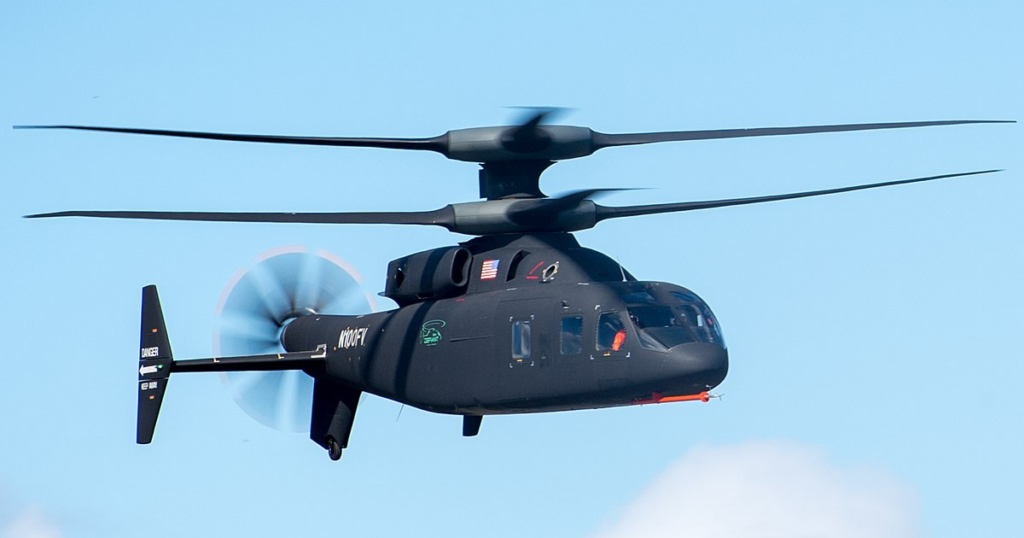
A compound helicopter is a type of helicopter that employs an alternative method of propulsion to achieve forward motion. Unlike traditional helicopters that tilt their main rotor for forward movement, compound helicopters utilize an additional propulsion system to achieve higher speeds.
This can include a tail-mounted propeller or a turbojet engine. By utilizing this secondary propulsion method during cruising flight, the compound helicopter can reduce the workload on the main rotor, enabling faster speeds and improved fuel efficiency, thereby increasing its range.
One notable attribute of compound helicopters is the inclusion of short, stubby, fixed wings on the helicopter’s fuselage. These wings serve to generate extra lift by harnessing the forward motion of the aircraft.
2. Single Main Rotor Helicopters:

Single-rotor helicopters are the most common type of helicopters in use today. They feature a primary rotor positioned directly above the cockpit, which enables vertical lift and, when tilted, facilitates forward movement. The main rotor can consist of anywhere between 2 to 7 blades. For example, the Sikorsky Sea Stallion employs 7 blades.
Additionally, these helicopters possess a smaller tail rotor responsible for directional control and stability. While traditionally using blades, advancements in technology, such as the MD Helicopters’ MD520N’s anti-torque system, allow for tail rotor options with varying characteristics.
Single-rotor helicopters are renowned for their reliability, maneuverability, and ability to hover in place. They are well-suited for diverse tasks such as aerial firefighting, search and rescue operations, and helicopter tours. Examples of single-rotor helicopters include Eurocopter EC225 Super Puma.
3. Tandem Rotor Helicopters:

Tandem rotor helicopters are a type of helicopter that utilizes a specific configuration involving two main rotors and no tail rotor for anti-torque control. In this design, one rotor is positioned at the front of the helicopter while the second rotor is placed at the rear, slightly higher than the front rotor.
These two rotors spin in opposite directions, effectively counteracting each other’s rotational torque and eliminating the necessity for a tail rotor. The height disparity between the rotors ensures that they do not collide during operation, even when subjected to significant flexing under heavy loads.
Tandem rotor helicopters are well-suited for military operations and heavy lifting due to their typically larger size and increased power compared to single-rotor helicopters. Examples of tandem-rotor helicopters include the Boeing CH-47 Chinook and the Bristol Belvedere.
4. Coaxial Helicopters:
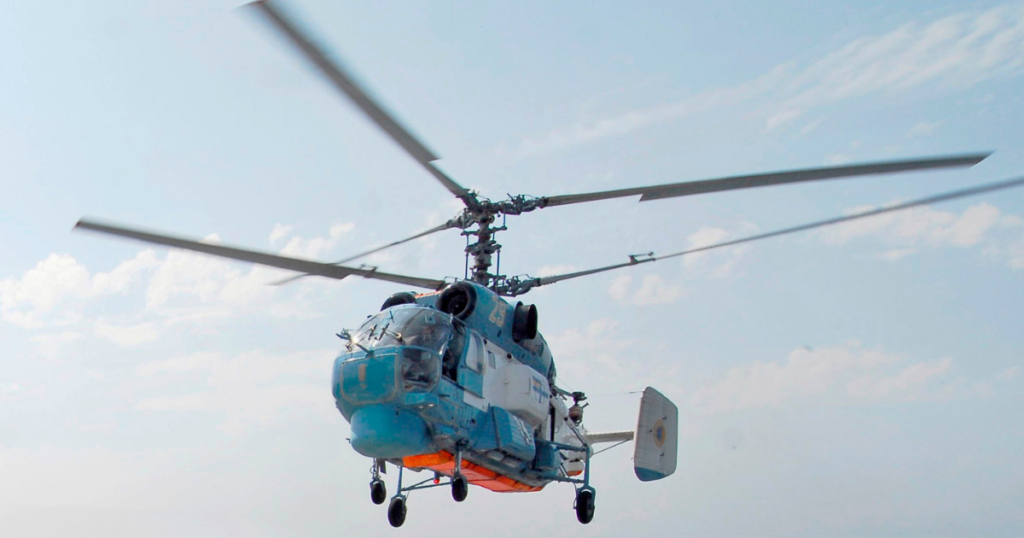
Coaxial helicopters represent another type of dual main rotor helicopter. In these helicopters, the rotors are positioned on the same axis, with one rotor located directly above the other. The rotors spin in opposite directions, effectively counterbalancing the torque produced by each other.
As a result, a separate tail rotor is not necessary for these aircraft. Moreover, the absence of a tail rotor enables coaxial helicopters to have a more compact design, allowing them to access small spaces compared to conventional helicopters.
Related: What is the Real Purpose of the Tail Rotor in Helicopters?
This characteristic makes them highly sought after for marine applications, where landing on small ship decks or other maritime structures such as oil rigs is required. Examples of coaxial helicopters include the Kamov Ka-27 from Russia and the Sikorsky S-97 Raider from the USA.
5. Tiltrotor Helicopters:

Tiltrotor helicopters represent a unique hybrid between helicopters and fixed-wing aircraft. These helicopters feature two rotors, each mounted at the end of a wing. Each wing is shaped like a wong of conventional fixed-wing aircraft.
The rotors and engines are situated within nacelles at the wing tips, allowing them to rotate between a vertical position, resembling a traditional helicopter, and a horizontal position, similar to propellers on a fixed-wing aircraft. In the horizontal position, the rotors provide vertical lift akin to a standard helicopter rotor.
However, when swiveled to the vertical position, the rotors function as propellers, generating forward or horizontal thrust, while the wing shape provides the lift component. A prime example of a tiltrotor helicopter is the Bell Boeing V-22 Osprey.
6. Intermeshing Rotor Helicopters:

Intermeshing rotor helicopters, also referred to as synchropters, are equipped with two main rotors that rotate in opposite directions and overlap with each other. These rotors are mounted at a slight angle, enabling the blades to interlock without collision.
However, this arrangement results in neither rotor providing optimal vertical lift, leading to decreased overall efficiency of the aircraft. While most intermeshing rotor helicopters employ two blades per rotor, some variations, such as the Kellett XR-10 from the USA, feature three blades per rotor.
Despite the efficiency trade-off, intermeshing rotor helicopters excel in operating within extremely confined spaces. They find frequent use in military operations, search and rescue missions, and transportation across rugged terrains.
7. Electric Helicopters:
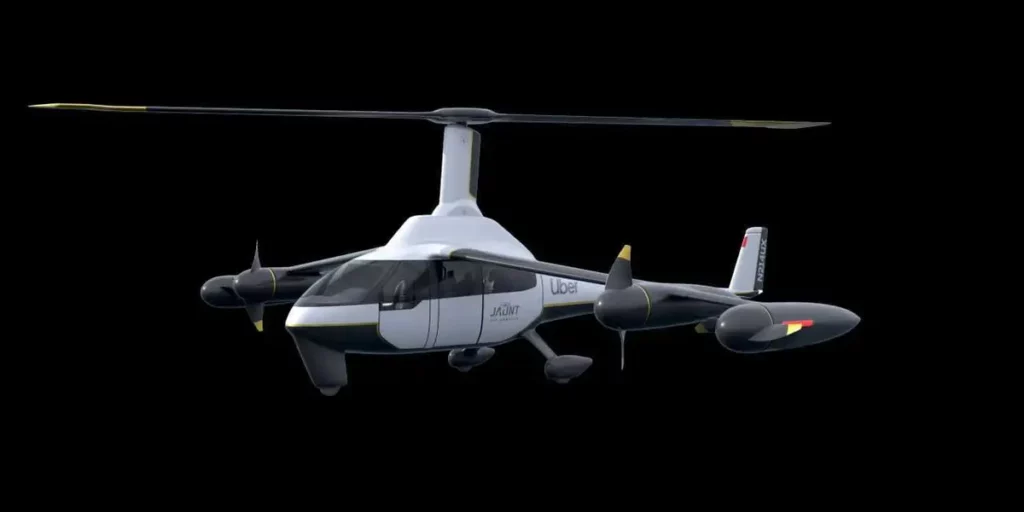
Electric helicopters are a category of helicopters that utilize electric propulsion instead of conventional fuel-powered engines. These helicopters have electric motors and rely on batteries to generate power. Opting for electric propulsion presents several benefits, including lower operational expenses, reduced environmental footprint, and decreased noise emissions.
Notable examples of electric helicopters include the Airbus City Airbus, designed for urban air mobility, and the Volocopter, utilized for short-distance aerial transportation. Electric helicopters are finding emerging applications in areas such as air taxi services, package delivery, and aerial surveys.
8. Air Ambulance Helicopter:
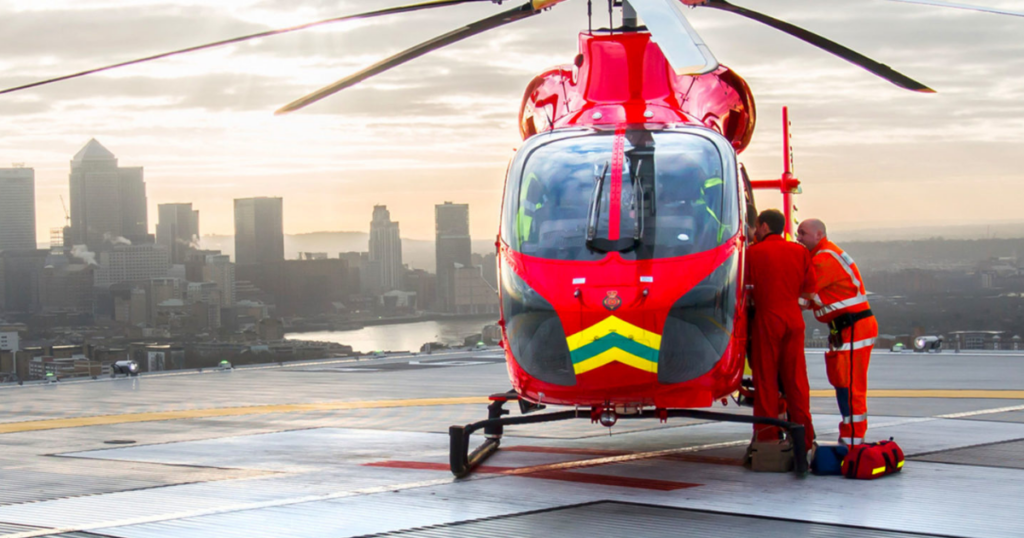
Air ambulance helicopters serve as specialized aircraft designed to transport critically ill or injured patients. These helicopters possess the unique ability to hover, land in small spaces, and fly at low altitudes, making them ideal for conversion into medical air ambulances.
Like advanced life support ground ambulances, an air ambulance helicopter is typically equipped with medical equipment necessary for critical care during transport. They have sufficient interior capacity to accommodate the patient in critical condition and trained medical personnel to deliver specialized care throughout the flight.
9. Troop Carrier Helicopter:
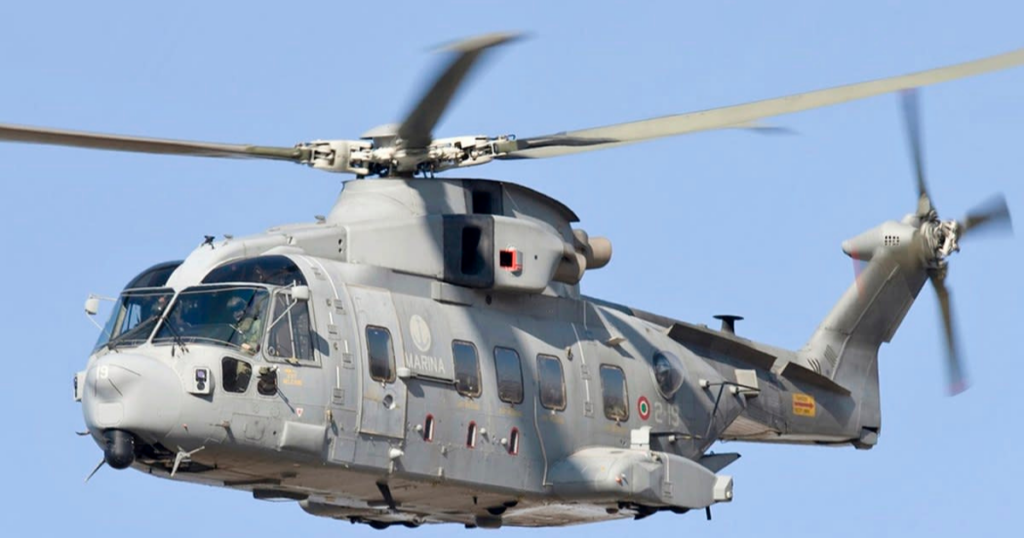
Troop carrier helicopters are helicopters specifically designed for the purpose of transporting military personnel and equipment. They serve as valuable assets for facilitating rapid deployment and supporting diverse combat operations.
Troop carrier helicopters emerged as a vital means to swiftly transport troops to battle zones and execute agile attacks. This mode of troop delivery, commonly referred to as an air assault, enables the direct deployment of troops to the frontlines without the necessity of landing at an airstrip and subsequently relying on ground-based vehicles to transport them to the battleground.
10. Attack Helicopter:

Attack helicopters are specifically built to engage enemy targets during combat. They are equipped with advanced weapon systems and can provide close air support to ground forces.
While early prototypes of attack helicopters could carry a small number of troops, modern versions typically lack the space for passenger or troop transportation. Instead, they are typically operated by a two-person crew positioned in a tandem configuration, with one seated behind the other.
Attack helicopters have demonstrated their effectiveness not only against ground targets but also against other fixed-wing military aircraft. This is due to their ability to take advantage of radar clutter provided by natural ground features such as trees and topography. This enables them to conceal their presence.
Related: Military Helicopter Types (With Examples)
11. Gunship Helicopter:
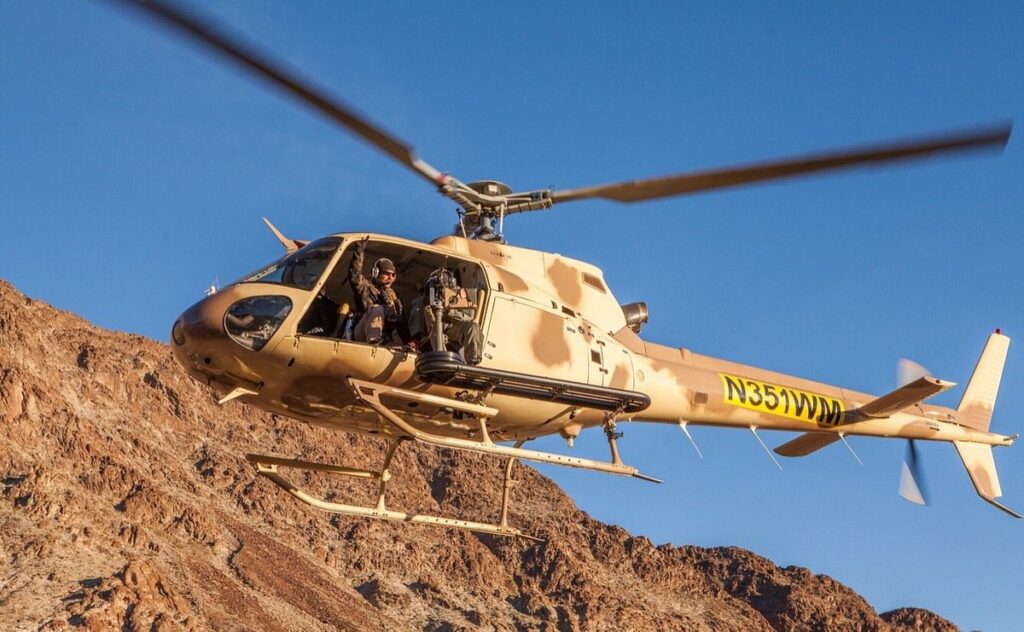
Gunship helicopters are a specialized type of heavily armed helicopter primarily employed for offensive missions. These helicopters are equipped with powerful guns and missiles designed to engage ground and aerial targets. Incorporating such armaments enables gunship helicopters to deploy troops on the frontlines and provide crucial aerial support during combat engagements.
Typically, these helicopters feature large-caliber machine guns such as .50 caliber, known for their high rate of fire. In combination with rockets, gunship helicopters prove highly effective against enemy troops, vehicles, fortified structures, and entrenched positions.
Related: How Does a Military Helicopter Work?
12. Observation Helicopter:
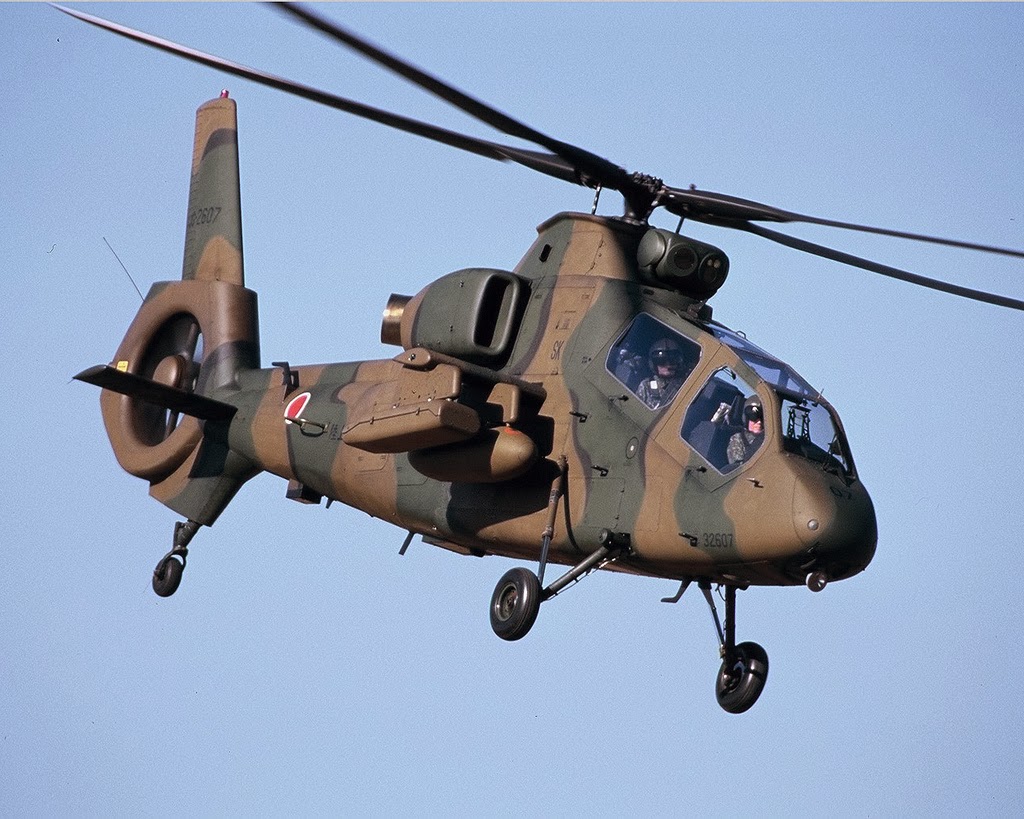
Observation or reconnaissance helicopters are specifically designed for intelligence gathering and surveillance purposes. These helicopters are equipped with advanced sensor systems that enable them to collect real-time information for enhanced situational awareness.
They are often equipped with a variety of electronic surveillance equipment, infrared and night vision cameras, laser targeting systems, radar, and communications listening devices.
By incorporating these technologies, observation helicopters possess a stealthy capability to evade radar detection and enemy sensors. Their deployment has proven invaluable in information gathering across various sectors, including scientific research, law enforcement, and military operations.
13. Helitack Helicopter:
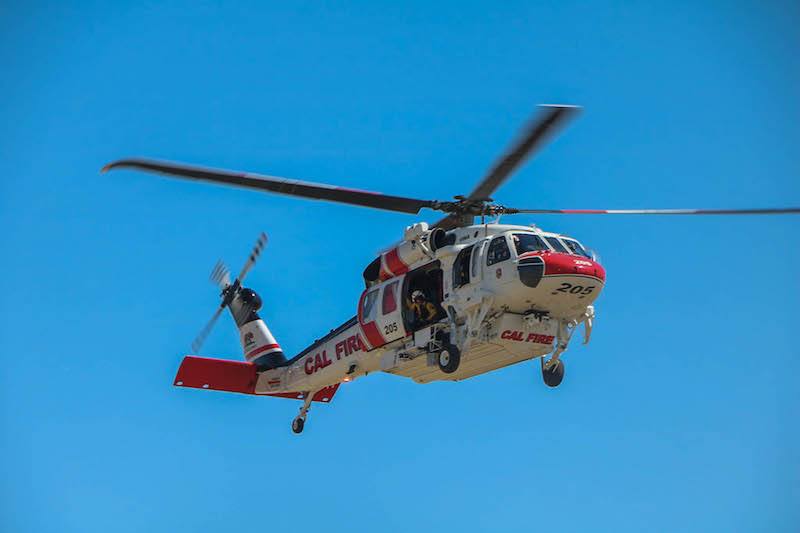
Helitack helicopters play a crucial role in aerial firefighting operations, specifically for combating wildfires and supporting ground firefighting teams. These helicopters are equipped to drop water or fire-retardant substances to address the blaze effectively.
One common technique involves the use of a helibucket, a large volume bucket suspended beneath the helicopter. The bucket can be filled by immersing it in bodies of water like lakes, dams, reservoirs, or rivers.
Once filled, the helicopter transports the bucket over the fire-affected area and releases the contents to extinguish the fire or contain its spread. Additionally, firefighters undergo specialized training to rappel from these helicopters into fire zones, enabling them to combat the fires directly at ground level.
14. Aerial Crane Helicopters:

Aerial crane helicopters are helicopters specifically designed for heavy-lift operations, enabling the transportation of substantial cargo loads to remote locations. These helicopters find application in both civilian and military sectors.
In military operations, they are utilized for lifting heavy tanks in and out of battle zones or deploying and retrieving other significant war machinery that alternative methods cannot relocate.
Sikorsky, a renowned aircraft manufacturer, is a notable provider of helicopters for this purpose, with the Sikorsky S-64 Skycrane serving as an exemplary aerial crane helicopter model.
15. News and Media Helicopters:
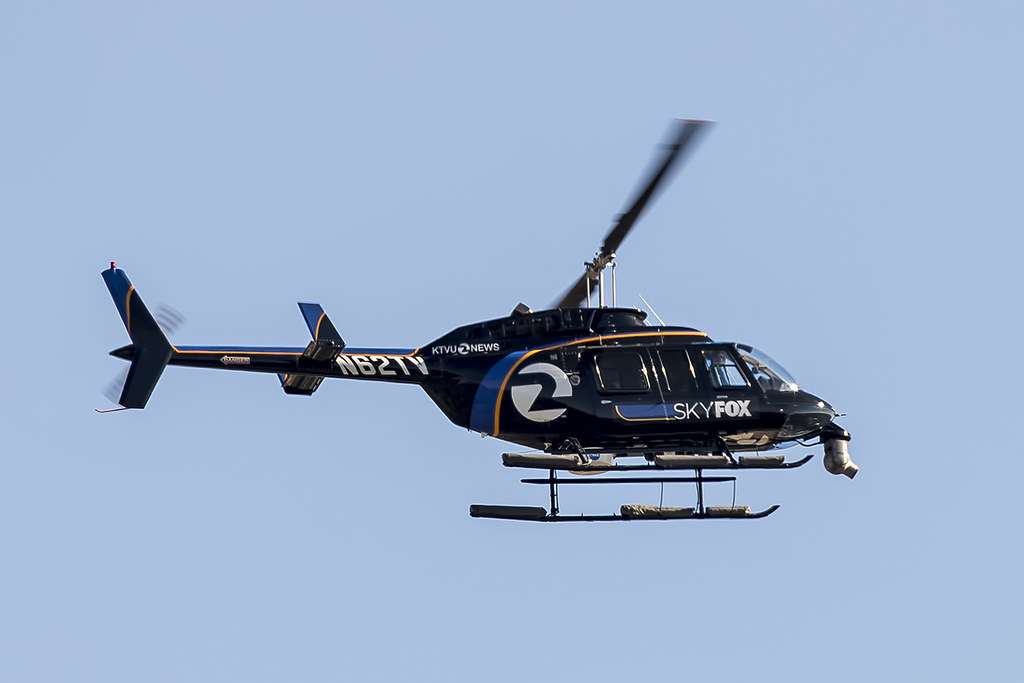
News and media helicopters are typically compact helicopters equipped with specialized cameras and video equipment. These helicopters are specifically utilized for covering news stories, particularly in situations where access to the scene is restricted by law enforcement, such as police car chases or hostage situations.
They also play a vital role in capturing footage of public events like sports events, music festivals, and other noteworthy occurrences, including natural disasters like floods and fires. The primary purpose of these helicopters is to provide comprehensive visual coverage for news reporting purposes.
16. Scientific Research Helicopters:
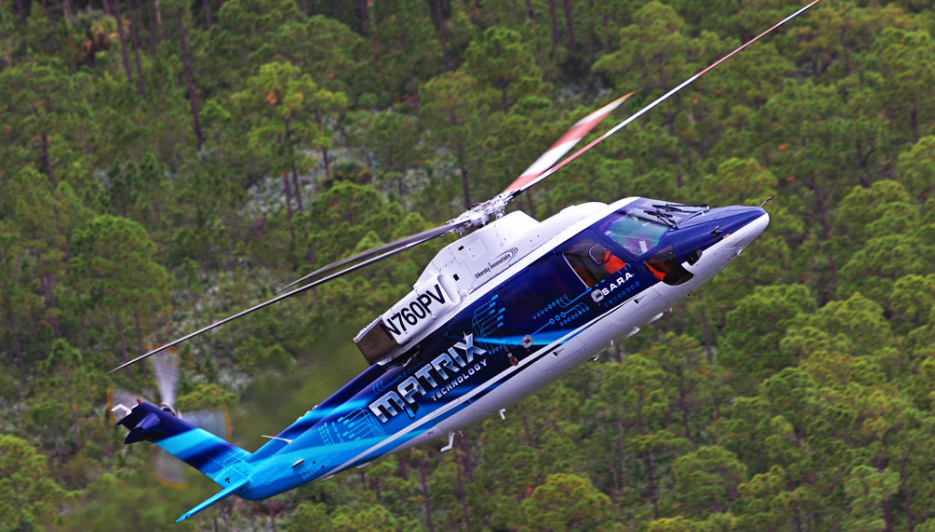
Scientific research helicopters are specialized helicopters utilized in diverse scientific studies and expeditions. These helicopters enable researchers to reach remote and inaccessible areas, conduct aerial surveys, and gather valuable data.
Equipped with sensitive scientific instruments, these helicopters serve as an optimal platform for monitoring and collecting data on various scientific phenomena, eliminating the need for direct human involvement in potentially hazardous situations.
They have played a significant role in monitoring volcanic eruptions, tsunamis, and events with potential risks, such as the Chernobyl nuclear reactor disaster. Their use allows scientists to safely collect valuable scientific information and study events of scientific interest.
17. Tourism Helicopters:

Tourism helicopters cater to tourists seeking scenic flights and aerial tours, offering them a unique perspective to marvel at landmarks, natural wonders, and captivating landscapes. These helicopters allow tourists to experience a bird’s-eye view of local attractions, whether natural formations or human-made structures.
Popular destinations for such tours include Niagara Falls, Stonehenge, Angel Falls, iconic bridges, and towering skyscrapers. Additionally, helicopters often serve as a means of transportation to remote and otherwise inaccessible tourist destinations. The Bell 427 is a favored helicopter model for this type of tourism.
18. Search And Rescue Helicopters:
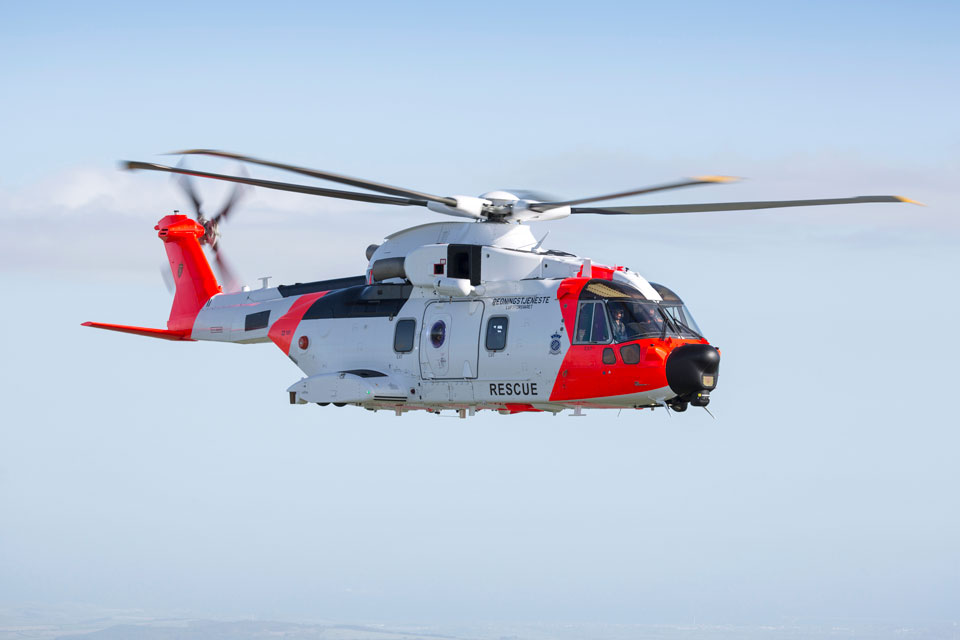
Search and rescue helicopters are specifically designed to locate and rescue individuals in distress. These helicopters are well-suited for this task due to their ability to fly at low speeds and low altitudes, enabling detailed terrain inspection.
Their unique advantage lies in their capability to swiftly retrieve individuals once they have been located, eliminating the need to summon additional rescue vehicles to the scene. The Sikorsky S-92 is a popular helicopter model well-suited for this application, offering the required capabilities or the potential to be equipped with suitable equipment for effective search and rescue missions.
19. Maritime Helicopters:
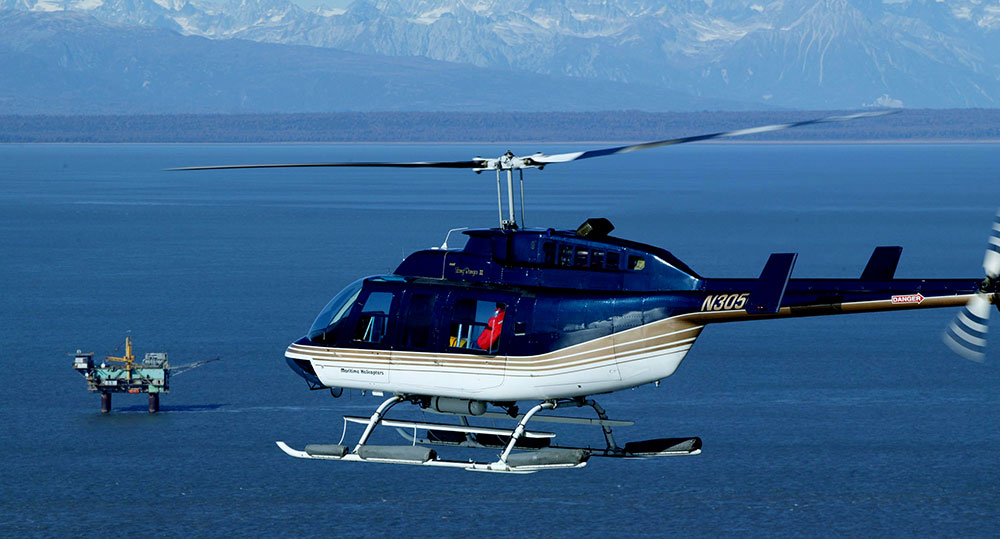
Maritime helicopters are employed for various maritime operations, including surveillance, patrol, and rescue missions. Operating from naval vessels, they are crucial in identifying distressed vessels and ensuring maritime security. Notably, the Coast Guard is renowned for utilizing helicopters in their diverse range of operations.
These helicopters are instrumental in conducting search and rescue missions, providing medical evacuations from ships and offshore platforms. Additionally, helicopters are effectively utilized by the Coast Guard for crime prevention and control, such as combating drug and human trafficking.
20. Police Helicopters:
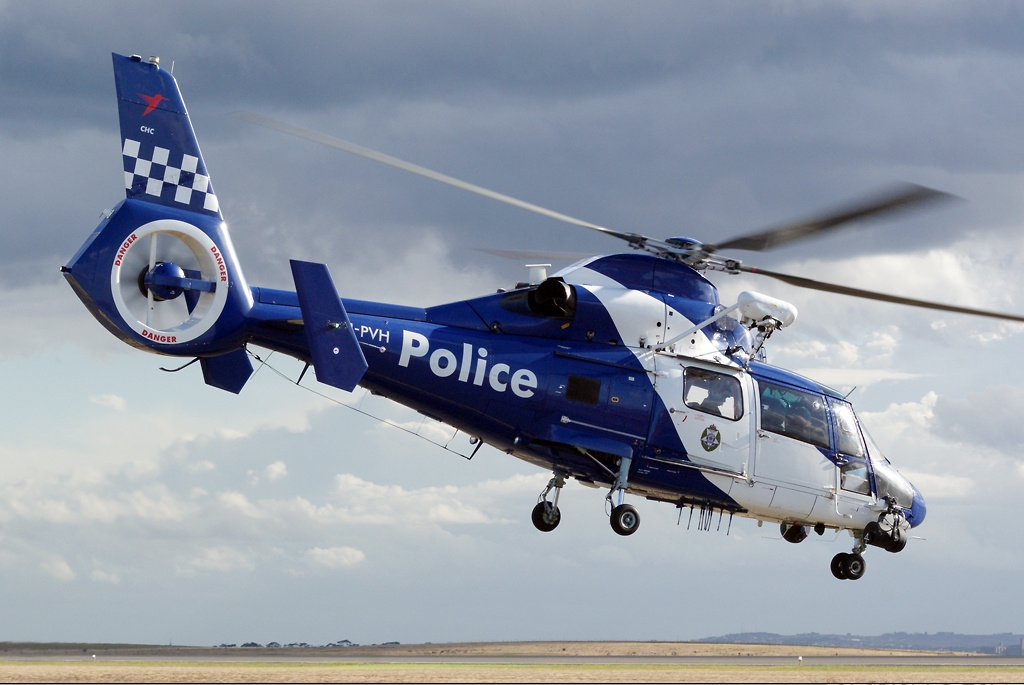
Police helicopters play a vital role in supporting law enforcement agencies by contributing to crime prevention and surveillance efforts. They assist in monitoring traffic and engaging in the pursuits of suspects while also providing valuable aerial viewpoints during operations.
These helicopters are extensively utilized in specialized law enforcement units like SWAT and the DEA, enabling the swift deployment of highly trained personnel in various crime-fighting scenarios. By utilizing helicopters, law enforcement agencies gain the advantage of expedited response, enhancing their effectiveness in combating criminals and criminal activities.
21. Commuter Helicopter:

Helicopters are commonly employed by companies to transport their personnel to challenging and inaccessible work sites. These are well-suited for such operations due to their long-range capabilities and the ability to take off and land vertically.
For example, companies involved in oil rig management utilize helicopters to shuttle staff to and from offshore platforms after their work rotation. Additionally, helicopters are utilized by oil companies to dispatch teams for pipeline repairs in remote areas.
The helicopters utilized for these tasks typically possess sufficient range and passenger capacity, enabling the transportation of 6 to 8 individuals along with their luggage, even if the distances traveled are relatively short.
22. Nature Conservation Helicopters:

Helicopters dedicated to nature conservation play a vital role in environmental monitoring and conservation endeavors. These helicopters conduct aerial surveys, manage wildlife populations, and support ecological research initiatives.
Equipped with specialized radio-tracking equipment, they facilitate the tracking and monitoring of animals fitted with tracking collars. Nature conservation helicopters are typically compact aircraft designed for cost-effective and fuel-efficient operations. Typically, they have a limited seating capacity, accommodating only the pilot and one other person to fulfill their dedicated roles in nature conservation efforts.
23. Agriculture Helicopters:
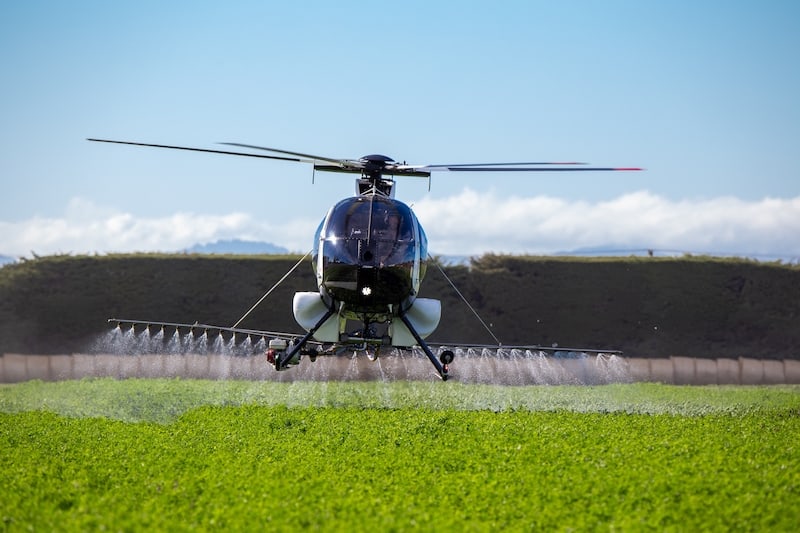
Helicopters play a vital role in agricultural activities, particularly in tasks like crop dusting and spraying. They enable the precise application of fertilizers, pesticides, and herbicides to manage crops effectively. In the field of agricultural aviation, helicopters are commonly employed as an alternative to traditional aircraft for crop spraying.
While larger helicopters like the well-known Huey were used in the past, the trend has shifted towards smaller and more cost-effective helicopters for these operations. In recent years, there has been a growing development in using unmanned drone helicopters to perform agricultural tasks such as crop dusting, marking a significant advancement in this industry.
24. Unmanned Aerial Systems Helicopters:
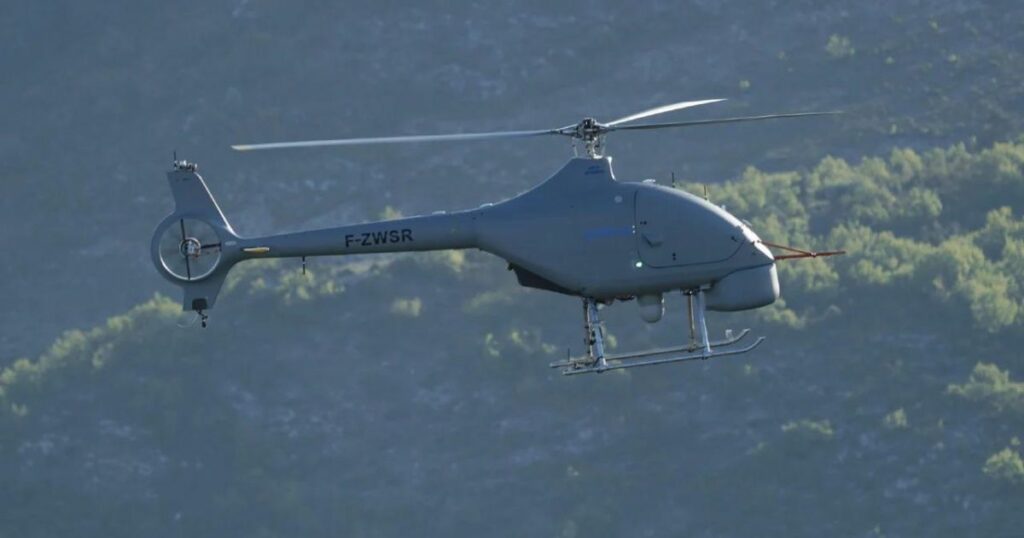
Unmanned aerial systems (UAS) helicopters operate without a pilot on board and are controlled remotely. They find application across various sectors, including civilian, military, and law enforcement.
In civilian contexts, they are increasingly utilized for tasks like crop spraying, security surveillance, and monitoring fence lines for potential disturbances on farms and industrial sites. Law enforcement agencies primarily employ them for discreet surveillance purposes, while the military utilizes them for surveillance missions and delivering weapon payloads.
25. Mars Helicopter:
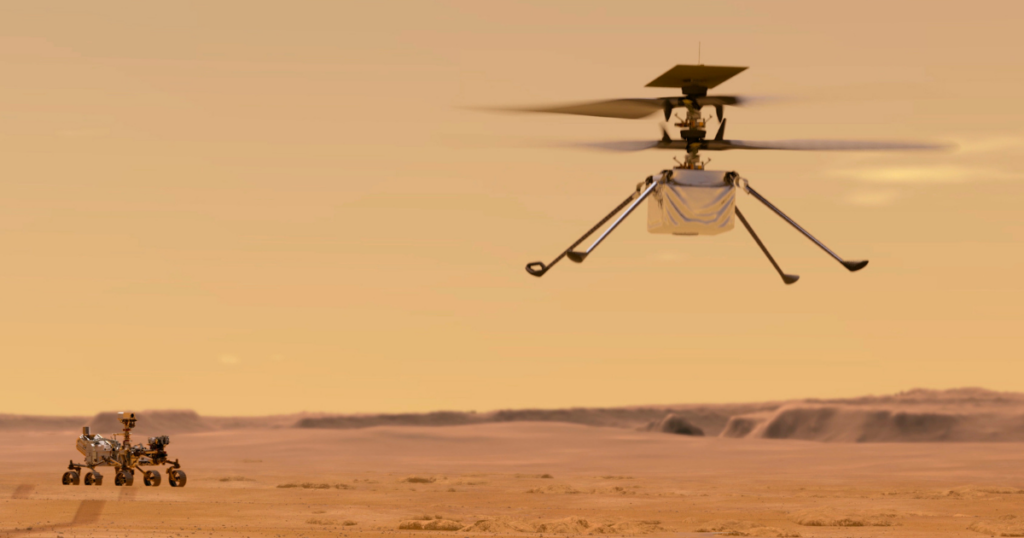
The Mars helicopter, named “Ingenuity,” is a special type of helicopter specifically designed for exploration on the planet Mars. It represents a groundbreaking technology aimed at showcasing powered flight in the extremely thin Martian atmosphere. Ingenuity was included as part of the NASA Perseverance mission, which was launched in 2020.
Its main objectives are to conduct aerial surveys, capture high-resolution images, and support scientific research on Mars. Ingenuity is a lightweight, compact helicopter with two rotor blades rotating in opposite directions. It relies on solar panels to recharge its batteries and operates autonomously due to the communication delay with Earth.
Frequently Asked Questions:
Here are some frequently asked questions about types of helicopters:
What is the most deadly helicopter?
The MI-24 Hind is a powerful military combat helicopter that was used by the Soviet Union during the Afghan War, earning a reputation for its lethal capabilities.
What is the most popular helicopter?
The Sikorsky UH-60 Black Hawk stands as a highly favored military helicopter widely employed by the US military. In contrast, the Bell 206B JetRanger is a highly sought-after model for civilian applications.
How do electric helicopters work?
Electric helicopters rely on electric motors and batteries to generate thrust, presenting advantages like decreased noise levels, reduced emissions, and the potential for enhanced efficiency in the future.
Conclusion
In this article, we have explored the extensive range of helicopter types, each with its distinct characteristics and purposes. From electric helicopters to tandem rotors, compound helicopters to tilt rotors, and specialized helicopters to military variants, the world of helicopters is vast and ever-changing. As we gaze into the future, we can anticipate further advancements that will revolutionize the capabilities and applications of these extraordinary flying machines.

